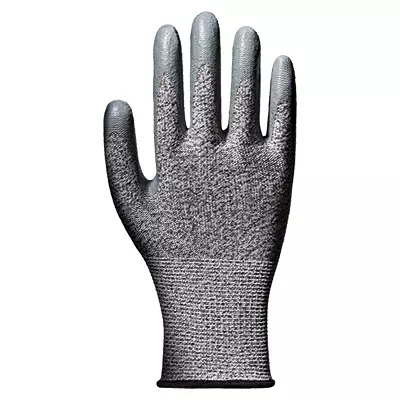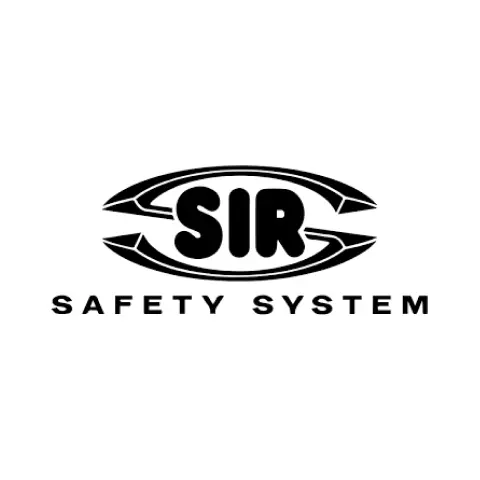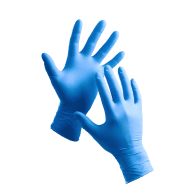
Features You'll Love

Coating Material · Nitrile
The substance applied to glove surfaces to enhance grip, durability, and protect...
Sir Safety System Hercule Glove Grey
SIR SAFETY SYSTEM logo
5 / 5
Prices excl. VAT
593,77 kr
689,23 krPrice per 12 pairs
49,48 kr / pair
Estimated delivery: Tue Oct 28 - Thu Oct 30
Choose size
Shipping fee is 55,20 kr for orders under 1 650,00 kr
Features You'll Love

Coating Material · Nitrile
The substance applied to glove surfaces to enhance grip, durability, and protect...
Product description
Product Features:
- Made of high tenacity Dytex knit with special fibres
- Nitrile coating finish
- Elastic knit cuff
Standard:
- EN 388 4X42D


